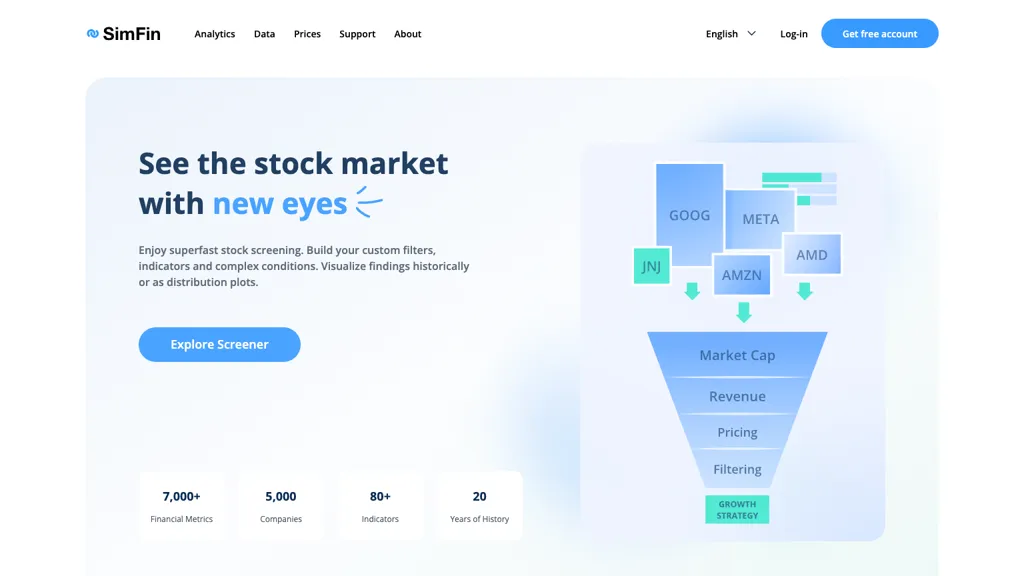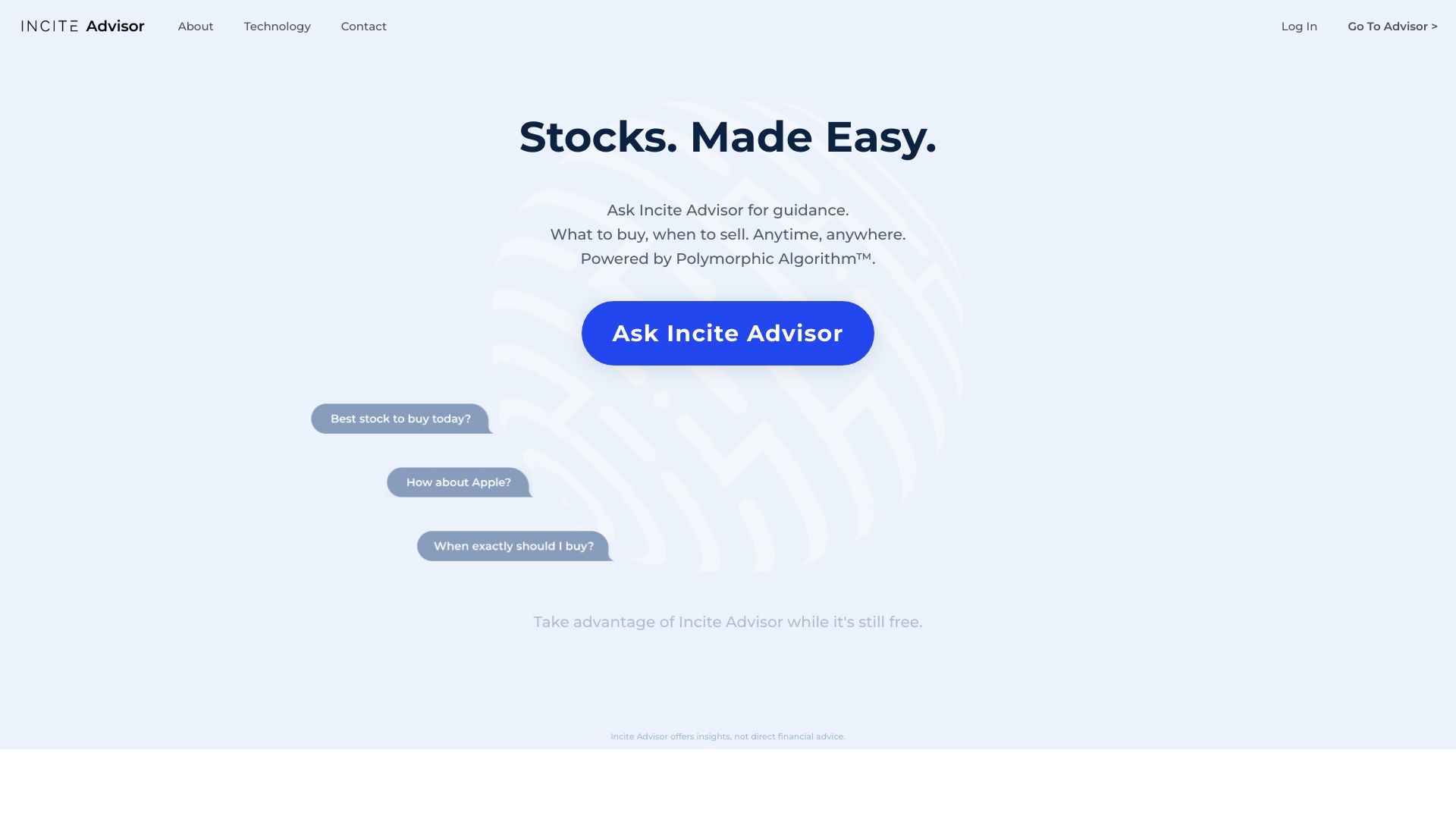Top 10 Tips To Evaluate The Ai And Machine Learning Models In Ai Stock Analysing Trading Platforms
To get precise valuable, reliable and accurate insights You must test the AI models and machine learning (ML). A poorly designed or overhyped model could result in financial losses as well as incorrect predictions. Here are 10 top methods to evaluate AI/ML models for these platforms.
1. The model’s design and its purpose
Determining the objective is important. Find out if the model has been designed for long-term investing or for trading on a short-term basis.
Algorithm disclosure: Check whether the platform has disclosed which algorithms it employs (e.g. neural networks and reinforcement learning).
Customizability: Assess whether the model could be customized to suit your particular trading strategy or your risk tolerance.
2. Review the Model Performance Metrics
Accuracy: Check the accuracy of the model in forecasting future events. But, don’t just depend on this measurement as it may be misleading when used in conjunction with financial markets.
Recall and precision: Determine how well the model can identify true positives, e.g. correctly predicted price fluctuations.
Risk-adjusted gains: Examine whether the assumptions of the model result in profitable transactions after accounting for risk.
3. Test the Model with Backtesting
Historical performance: Test the model using historical data to assess how it would have performed under different market conditions in the past.
Tests using data that was not previously being used to train: To avoid overfitting, test your model using data that was not previously used.
Analysis of scenarios: Evaluate the model’s performance under different market conditions.
4. Be sure to check for any overfitting
Overfitting signals: Watch out for models performing extremely well in data training, but not so well on data that is not seen.
Regularization methods: Check that the platform doesn’t overfit by using regularization like L1/L2 or dropout.
Cross-validation (cross-validation) Check that your platform uses cross-validation to evaluate the generalizability of the model.
5. Evaluation Feature Engineering
Relevant features: Verify that the model includes important attributes (e.g. price volumes, technical indicators and volume).
Select features that you like: Choose only those features which have statistical significance. Do not select redundant or irrelevant information.
Updates to features that are dynamic: Check whether the model will be able to adjust to changing market conditions or to new features as time passes.
6. Evaluate Model Explainability
Interpretation – Make sure the model provides the explanations (e.g. the SHAP values or the importance of a feature) for its predictions.
Black-box models are not explainable: Be wary of platforms that use complex models like deep neural networks.
A user-friendly experience: See if the platform can provide actionable insights to traders in a manner that they understand.
7. Reviewing Model Adaptability
Market changes: Verify that the model is able to adjust to market conditions that change (e.g., new regulations, economic shifts or black swan-related instances).
Examine if your system is updating its model on a regular basis with the latest information. This can improve performance.
Feedback loops: Ensure that the platform integrates real-world feedback from users and feedback from the user to improve the model.
8. Examine for Bias and fairness
Data bias: Ensure that the training data are accurate to the market and free of bias (e.g. excessive representation in certain time periods or sectors).
Model bias: Determine if can actively monitor and mitigate biases that are present in the predictions of the model.
Fairness – Check that the model is not biased towards or against certain sectors or stocks.
9. Evaluation of Computational Efficiency
Speed: Determine the speed of your model. to make predictions in real time or with minimal delay, particularly when it comes to high-frequency trading.
Scalability Check the platform’s capability to handle large amounts of data and multiple users with no performance degradation.
Resource usage: Check if the model is optimized for the use of computational resources effectively (e.g., GPU/TPU utilization).
Review Transparency, Accountability and Other Issues
Model documentation: Ensure that the platform has a detailed description of the model’s design, structure, training process, and limitations.
Third-party Audits: Check whether the model has independently been checked or validated by other organizations.
Error handling: Check for yourself if your software incorporates mechanisms for detecting or fixing model mistakes.
Bonus Tips
User reviews and case studies User feedback and case study to evaluate the real-world performance of the model.
Free trial period: Test the accuracy of the model and its predictability with a demo, or a no-cost trial.
Support for customers – Make sure that the platform has the capacity to provide robust support to help you resolve technical or model related issues.
The following tips can assist you in assessing the AI models and ML models on stock prediction platforms. You will be able to determine whether they are trustworthy and trustworthy. They must also be aligned with your goals for trading. Have a look at the best best ai for trading tips for more advice including ai chart analysis, market ai, AI stock picker, AI stock trading bot free, trading ai, chatgpt copyright, ai investing, chart ai trading assistant, AI stock trading, ai investing app and more.
Top 10 Tips For Evaluating The Transparency Of AI stock Predicting/Analyzing Trading Platforms
Transparency is a key factor when evaluating AI-driven trading as well as stock prediction platforms. It allows users to be confident in the operation of the platform and understand how decisions are made, and verify the accuracy of predictions. Here are 10 tips for evaluating the authenticity of platforms.
1. Clear Explanation of AI Models
Tips – Make sure that the platform provides a thorough explanation of the AI algorithms that are used to predict the future.
The reason: By knowing the technology, people can determine its reliability and limitations.
2. Disclosure of Data Sources
Tip : Determine if the platform discloses which data sources are utilized (e.g. historical stock data, news and social media).
What’s the reason? Knowing the sources of data will ensure that the platform is based on reliable and comprehensive information.
3. Performance Metrics And Backtesting Results
Tips: Search for transparent reports of performance metrics (e.g., accuracy rates or ROI) and results from backtesting.
Why: This lets users verify the platform’s effectiveness and historical performance.
4. Updates in Real Time and Notifications
Tips. Make sure the platform offers real-time updates or notifications regarding system and trade changes, as well as predictions.
What is the reason? Real-time transparency means users are always informed about crucial actions.
5. Limitations and open communication
TIP: Make sure that the platform clearly outlines the risks and limitations of its trading strategies and forecasts.
What’s the reason? Acknowledging limitations builds confidence and allows users to make better decisions.
6. Users can get access to the raw data
Tip : Assess whether users are able to access raw data and intermediate results, which are used by AI models.
Why is this: Raw data is a great way to validate assumptions and perform analysis.
7. Transparency in the way fees and charges are disclosed.
Be sure to check the terms and conditions on the platform you’re thinking of using.
Transparent pricing reduces the chance of unexpected costs and builds confidence.
8. Regularly scheduled report and audits
Make sure that your platform is regularly audited by third parties, or whether it has reports on its performance.
Independent verification is essential because it adds credibility to the process and ensures accountability.
9. The ability to explain predictions
TIP: Search for information on how the platform makes forecasts or makes specific recommendations (e.g. important features and decision trees).
Why Explainability is important: It helps you to understand the impact of AI on your decisions.
10. User Feedback and Customer Support Channels
Tips: Check whether the platform offers open channels for user feedback and support, and if it is able to respond in a transparent manner to complaints from users.
What is the reason: Being responsive in communicating is an indication of commitment to openness.
Bonus Tip: Regulatory Compliance
Assuring that the platform is compatible with all applicable financial regulations. It adds an additional layer of credibility and transparency.
When you carefully evaluate these elements you can determine if an AI-based stock forecasting and trading system is operating in a transparent manner. This lets you make informed decisions and build confidence in its capabilities. Check out the top best AI stock prediction for blog tips including how to use ai for stock trading, ai share trading, stock predictor, AI stock price prediction, ai investment tools, how to use ai for stock trading, invest ai, AI stock analysis, ai in stock market, stock predictor and more.